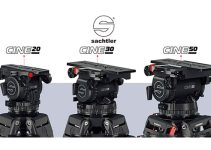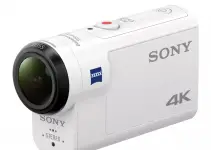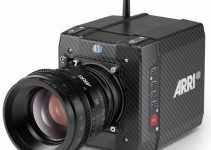DJI moves quick. Even with a gimbal lineup that is considered among the best around they still pushed out some notable updates with the launch of the RS 3 and RS 3 Pro. Replacing the RSC 2 and RS 2, respectively, they have some big shoes to fill. So let’s take a look at what changed and how they all compare to one another.
Filmmaker Dan Watson put together his own test and he is a great person to look at for this because he has been using the last-generation gimbals since they came out. With the 3 series in hand for a couple weeks he has been able to put them through some real productions.
Two years ago the RS 2 and RSC 2. The RSC was filling a more compact role while the standard RS received some “pro” upgrades. Now DJI is tweaking the names to fit that with the RS 2 being replaced with the RS 3 Pro and the RSC 2 becoming the standard RS 3.
I do wish DJI would stop revamping their lineup every time, but in this case it is to signal how similar the underlying technology is between the standard model and “Pro” version.
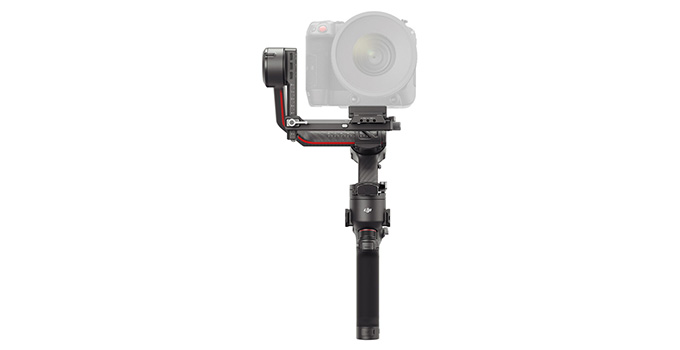
Image Credit: DJI
An example of how the new models are more closely related is that both the RS 3 and RS 3 Pro share a design with a removable battery grip. The RSC 2 had an integrated battery. Both also now have a larger 1.8” OLED touchscreen. This is a larger version of the one on the RS 2 and much larger than the non-touch screen of the RSC 2. The RS 3 got some of the best upgrades.
While Dan does complain about how often he taps the touchscreen by mistake, there are some shortcuts to quickly lock the display to minimize this. There is also now a physical control switch on the side of the gimbals that allows you to change modes without unlocking the screen.
Options on this switch are Pan/Follow, Pan/Tilt/Follow, and FPV. Each of these can have unique settings programmed for it. FPV can even be fully customized to do things like vertical shooting.
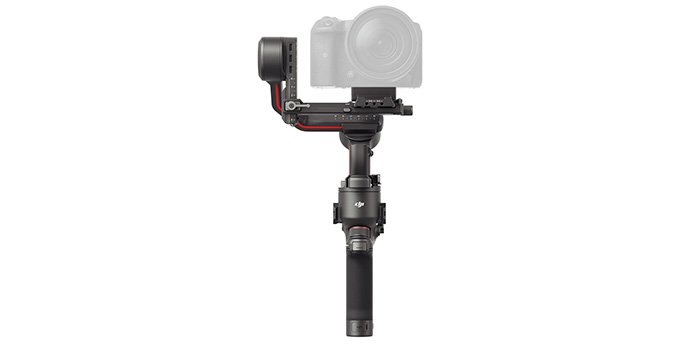
Image Credit: DJI
A big feature for the 3 series is automatic axis locking. With the press of the button you can turn it on and all the axes will unlock and the gimbal is ready to shoot and it is the same when you need to put it away. You can tweak this feature to decide whether to fold up or not.
If you are often powering it off or need to swap a lens you might find sleep mode or the locking but not folding works better.
Interestingly, even with these improvements DJI was able to make the RS 3 smaller than the RSC 2. Adjustments on the RS 3 now more closely resemble the RS 2 with a more precise adjustment knob for positioning and clamps on the back and sides for locking.
The RS 3 Pro gets a bit bigger than the RS 3, but it manages to do that without adding a ton of weight by relying on carbon fiber arms. The larger size does help it work with more serious cinema cameras like the C70 or FX6 or even just kitted up mirrorless bodies.
A new option is a wireless camera connection via Bluetooth. Before you had to run a cable which is less than ideal and sometimes just not something you want to do.
Bluetooth and wireless support makes it an easier option and gives you some control options via the gimbal, such as start/stop recording.
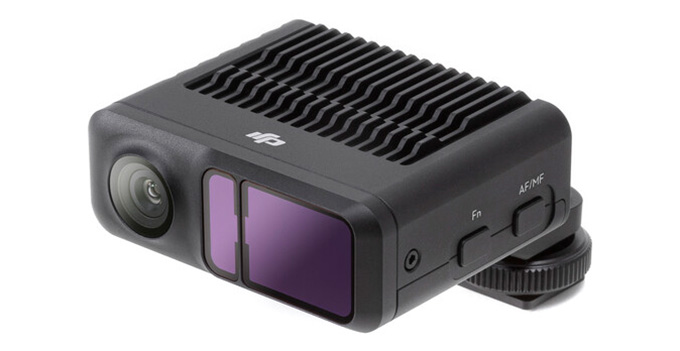
Image Credit: DJI
Both gimbals can be controlled remotely using a dedicated mobile app. The RS 3 Pro also supports the DJI video transmitter, which comes in the Combo and will support a Full HD 30p video feed from up to 600’ away using a phone or tablet. It’ll even work with the whole ActiveTrack options for following subjects.
Another new addition to the RS 3 Pro only is support for DJI’s LiDAR Range Finder. This is taking tech from the Ronin 4D and when combined with the DJI Focus Motor it’ll allow you to add fast autofocus to any lens. Dan says it works great if you have a shot with a single primary subject.
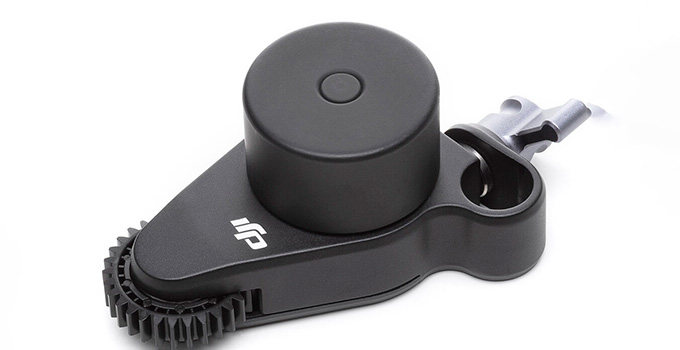
Image Credit: DJI
Beyond all that new tech it is worth pointing out that the stabilization itself is supposed to be improved by about 20%. Load limits are exactly the same as their predecessors with the RS 3 supporting up to 6.6 lb and the RS 3 Pro holding up to 10 lb.
Anything like a mirrorless body with an average lens, including a 24-70mm f/2.8, should be fine on either. If you have a larger camera body or a rigged-up setup, perhaps with a cage and larger cinema glass, you will be better off with the RS 3 Pro.
The RS 3 and RS 3 Pro are both massive improvements over their predecessors. They each bring a lot more flexibility along with better stability and functionality.
The Pro version’s support for the video transmitter and LiDAR puts it way ahead of the standard model if you want to take full advantage of DJI’s ecosystem.
What do you think about the RS 3 and RS 3 Pro? Are you planning on upgrading your gimbal?
[source: Dan Watson]
Order Links:
- DJI RS 3 Pro Gimbal Stabilizer (B&H, Amazon)
- DJI RS 3 Gimbal Stabilizer (B&H, Amazon)
- DJI LiDAR Range Finder (B&H, Amazon)
- DJI RS Focus Motor (B&H, Amazon)
Disclaimer: As an Amazon Associate partner and participant in B&H and Adorama Affiliate programmes, we earn a small comission from each purchase made through the affiliate links listed above at no additional cost to you.


